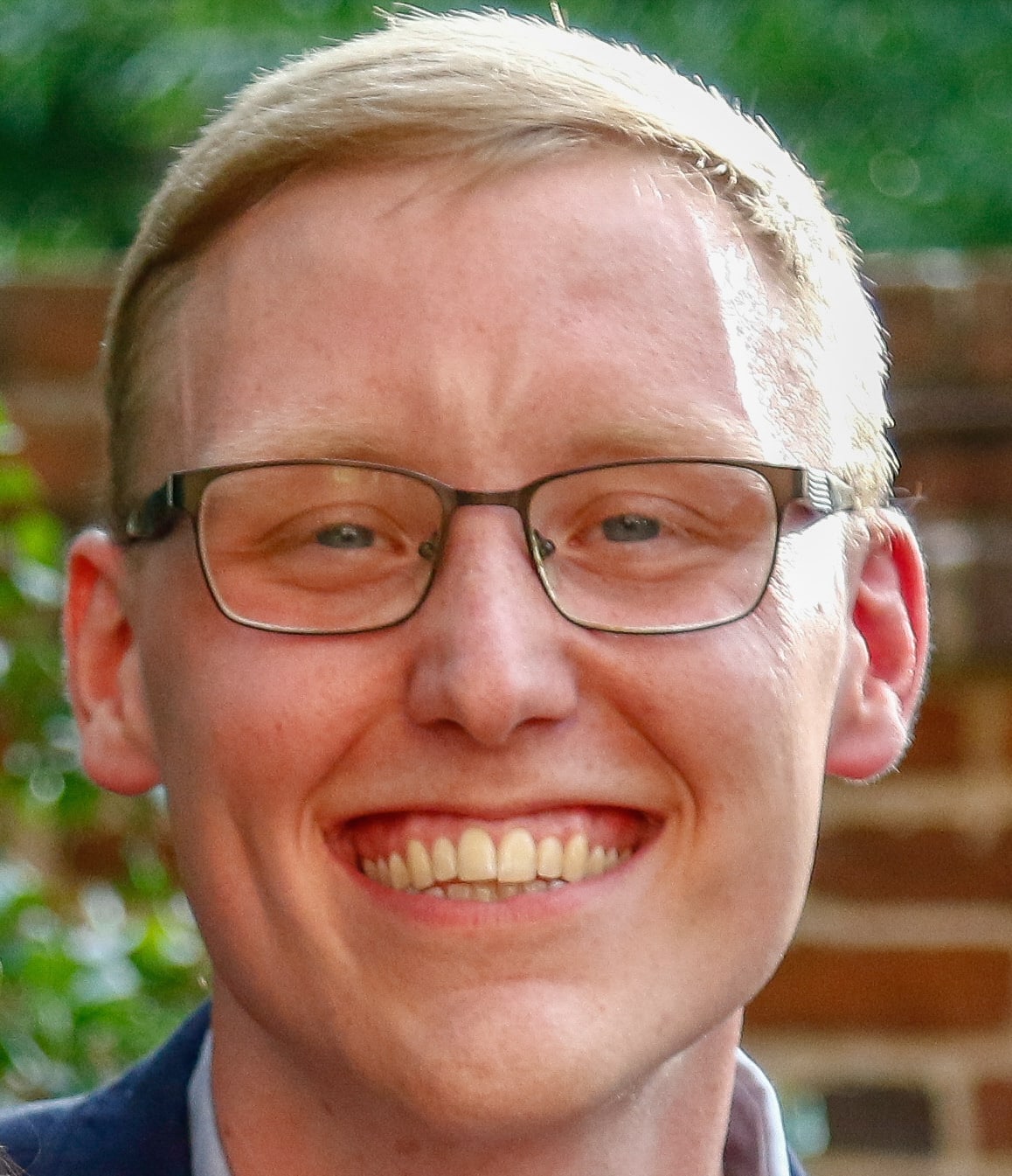Athletic departments are entering uncharted territory right now with Coronavirus impacting every department’s bottom line now and in the future.
South Carolina isn’t immune from it with Ray Tanner saying in an interview with Teddy Hefner on Fox Sports 1400 the Gamecocks are expecting a “tremendous decline” in revenue for the upcoming year.
“Football is the engine for any intercollegiate athletic program, and it’s certainly the case here as well. I’m comfortable saying that regardless of the direction we move, we’re going to take a significant hit financially,” he said on air. “It’s not going to be like it is in the past. Even if we’re able to open the gates, attendance is not going to be the same it’s been. I don’t think it will be anywhere in the country. It’s going to be down. There may be cases where you don’t have attendance.”
Also see: Latest scoop on what sports could look like this fall
When Tanner says football is the primary source of income for a department, it’s not hyperbole.
The football program—in large part because of television deals and attendance—is the biggest moneymaker for the Gamecocks’ athletic program and, if fans aren’t allowed in the stands or only a select few fans are allowed then it will drastically impact the amount of money they will pull in this year.
Tanner said the department is currently studying right now how many fans they’d be able to put in Williams-Brice, if football does resume, and the number will be nowhere close to the over 80,000-seat capacity.
Because of that, the department still won’t be able to haul in the same amount of money they do in a given year, and it’s influencing how Tanner and the rest of the department is structuring its budget, how programs are run and how programs schedule.
“We’ve already made some fiscal decisions on how the programs are run and there will be more to come. We have to be prepared to make adjustments. Things won’t be normal; travel might not be the same,” Tanner said. “It might be more regional opportunities. I think it might be the case the teams you play, in all sports, might not resume the schedule that’s on paper right now. It might be the case that some teams choose not to make travel or we choose not to go certain places. There’s a lot that can happen in the weeks and months to come.”
Other schools across the country have taken some major cost-cutting steps so far during this pandemic: furloughing coaches, some coaches and administrators taking pay cuts and some, in more drastic cases, cutting some sports all together.
Tanner hasn’t announced any staff pay cuts or any furloughs and, when asked about cutting sports in general, said that’s something that he hopes it doesn’t come to.
“Everything has to be discussed and considered. Is that something I want to do? Absolutely not; I was probably the first one to jump up and down when seniors and underclassmen got an extra year of eligibility,” Tanner said. “You talk about dollars and cents and you talk about doing the right thing. I would hope we don’t have to do that, but you do have to talk and consider it. You have to look at everything from A to Z and doing things differently to give you an opportunity to be fiscally sound and responsible. Not all schools operate in the black. We’ve been fortunate we fall in that category…Now it’ll be even more challenging. There are a lot of questions that have to be answered. You do talk about money. It’s there; we have to deal with it. But I’m more concerned with what happens from a health standpoint.”
Also see: Why Israel Mukuamu's stock is so high this offseason
South Carolina announced Wednesday its plan to resume in-person classes starting in mid-August, which is when the fall semester is expected to begin.
It’s one step closer to getting football back this fall, whether it’s a shorter season or played in full starting in September despite in-person athletics activities still suspended through May 31.
Tanner said as of right now, optimistic fall sports will be played, but understands a lot can change before the season starts Sept. 5 against Coastal Carolina.
“I think as we sit here today, that’s the plan. Football is roughly four months away on September 5 and here we are on the seventh today. A lot can happen between now and then. As a conference, we’re on the phone doing videoconferences three to four times a week as we move through the planning stages as we are at the university level,” Tanner said. “We’re doing the best to plan for fall sports, not just football but the other sports as well. Things could change. It’s constantly evolving. We have to make sure the health, safety and well being are the number one priority. If we get to a point where we’re in that position, I think there’s reason for optimism. There’s still a lot of work to be done and that’s the goal we’re trying to get to: get classes resumed and get people back on campus.”

